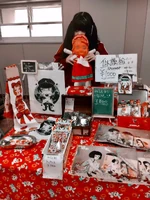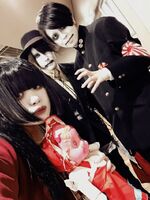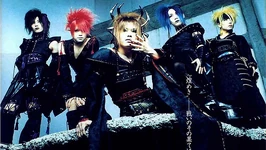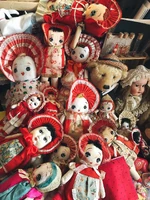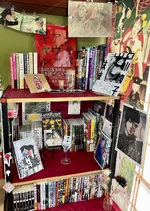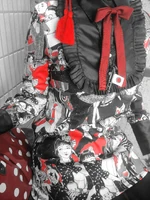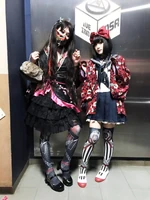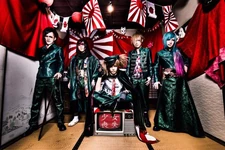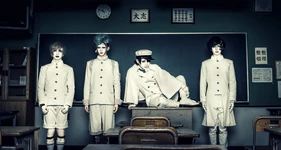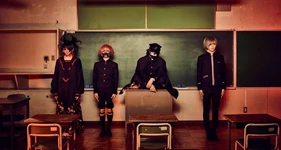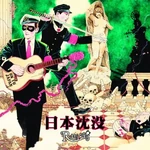Angura (アングラ) is a dark Japanese aesthetic and fashion that is often associated with the Ero-Guro art movement as well as Visual Kei. The term is derived from the Japanese pronunciation of ''underground'', which refers to its origins in underground theater.
History[]
The origin of Angura lies in the underground movement of the same name that first occured during the 60s in Japanese theater. The plays were very experimental with a focus of grotesque and exaggerated depictions of "normal life" in Japan during long periods of war, adaption of Ero-Guro novels and manga were also very common. The stage actors would sport shironuri makeup, school uniforms, and traditional kimono elements, which are still common staples of the style nowadays.
Visuals[]
- Shironuri
- Polka Dot
- Haori
- Uniforms
- Youth During War
- Rising Sun Flag
- Occult Symbolism
- Shinto Shrines
- Noh Masks
- Bunka Dolls
Fashion[]
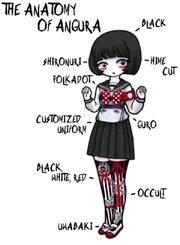
The clothes tend to be heavily influenced by traditional Japanese elements as well as the Showa era (1926-1989) but with a Goth spin to it. The make-up usually consists of shironuri, and is dark and heavy. While kimono are the most common used by Visual Kei artist, the style also often features modified Japanese school uniforms, such as seifuku and gakuran. Motifs and accessories are themed around post-war Japan and the occult.
Media[]
Manga[]
- Amazing Freak Show
- DTT
- Litchi DE Hikari Club
- Maruo Graph
- New National Kid
- Shoujo Tsubaki
- Suicide Club
- Tomino the Damned
- Uzumaki
- Yume no Q-SAKU
Music[]
Artists[]
- cali≠gari
- Guruguru Eigakan
- Inugami Circus-dan
- Kizu
- MUCC
- Necronomidol
- R-Shitei
- Shinjuku Gewalt
- Strawberry Song Orchestra
- Zombie Lolita
Resources[]
External links to help get a better understanding of this aesthetic.

